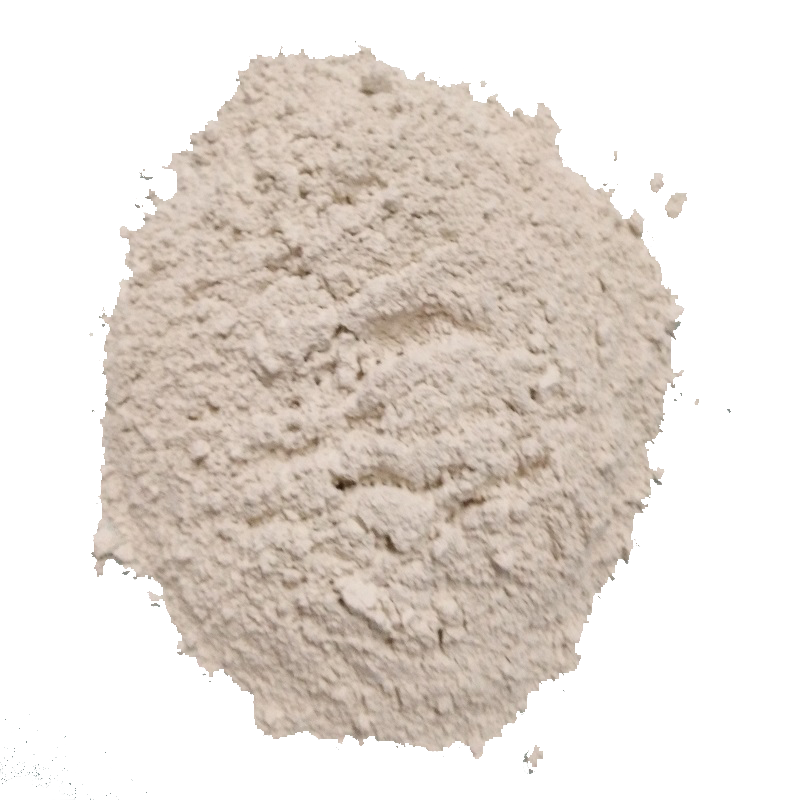RCF BARYTES
Barium Sulphate

General Description
Barytes is a heavy mineral and is the most common barium-containing mineral and is an important industrial mineral. It is sometimes referred to as heavy spar because of its higher specific gravity. The mineral crystallizes in the orthorhombic system often occurring with a plaity structure. It is commonly found in compact massive form. When pure the mineral is colourless and transparent, but it is rare in this for, more usually being white and opaque and commonly stained yellowish, pink or red by iron. Strontium and calcium sulphates may be included in small amounts; clay and quartz are often present as impurities.
RCF Barytes KW is a heavy mineral occurring most commonly (in commercial deposits) in light-coloured granular or crystalline masses or in nodules. It also occurs in tabular crystals of the orthorhombic system. The crystals are easily cleavable in three directs, two perfect and one imperfect. It is also called tiff, cawk or heavy spar and is the most common ore mineral of barium. The RCF Barytes KK occurs as irregular lenses and pockets of coarsely crystallized and fine-grained massive Barytes in silicified feldsistic schist’s. Certain of the surface material is white and of good quality but where opened the mineral is variable in colour, much of it being pink and stained. Only a limited quantity can therefore be sorted as high grade white material and the bulk would require bleaching. In its pure form it contains 65.7% BaO and 34.3% SO3.
Typical Chemical Analysis
BaSO4 .………………………….98.75%
Fe2O3 ……………………………..0.05%
SiO2 …………………………………1.23%
Physical Properties
Grading (Wet Screen): 300 to trace on 400 mesh BSS (37 Microns)
Colour: Pink
S.G: 4,3 to 4,6
Oil Absorption: 18g/100g
Hardness: 3.3(MoH)
Packing: 50Kg polypropylene bags
Bulk Density: 1.9g/cm3
USES
The main use of this barytes may be divide into three main groups: Ground barytes for various uses, lithopone and barium chemical industries.
It is mainly used as inert mineral filler in paper, rubber, cloth, linoleum, oilcloth, and paint and also as an inert extender. It is especially useful as filler and a surfacing material in playing cards, enameled paper etc, where a highly calendared surface is desired. It is also used as a base for the precipitation of lake colour, in ceramic glazes and enamels and also as inert filler in various products where heavy, crystalline inert filler is desired.
Disclaimer
This technical information is submitted on the basis of our own research and the research of others, and we believe it is accurate. However, no guarantee of its accuracy is made neither can we cover every possible application of our products nor can we anticipate every variation encountered in manufacturing equipment and methods. For this reason our products are sold without warranty, express or implied, and also on the condition those purchasers conduct their own tests to determine the suitability of such products for their particular purposes. Statements concerning the possible use of our products are not intended as recommendations to use our products in the infringement of any patent.
